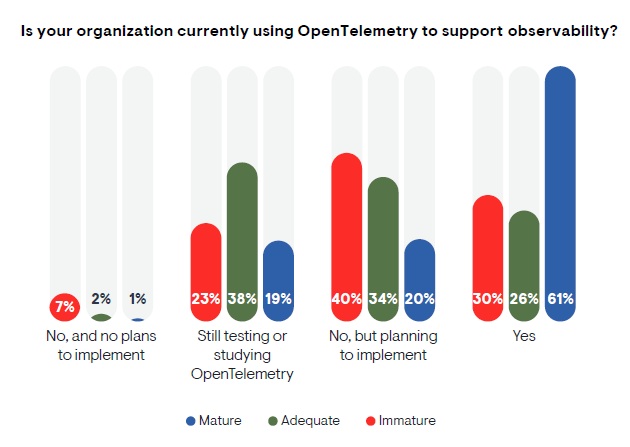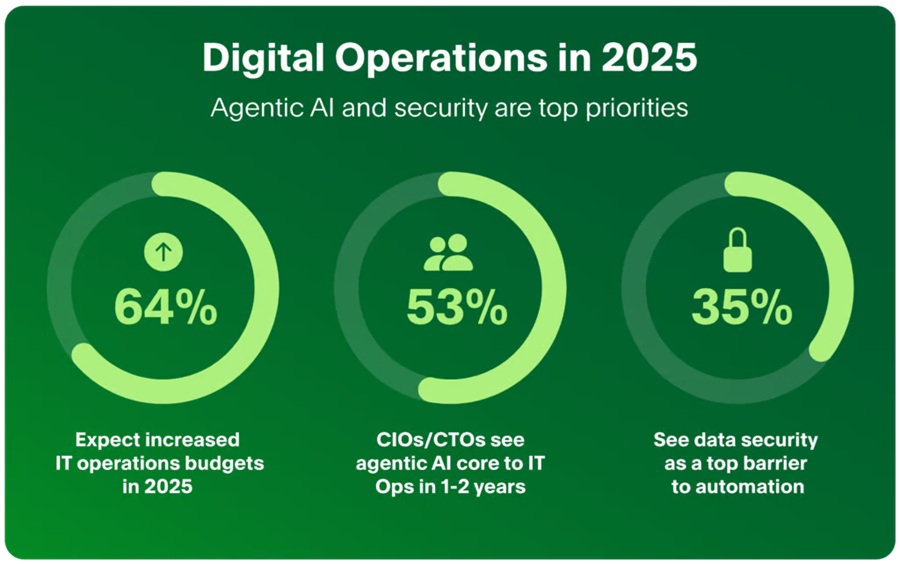We're at a critical inflection point in the data landscape. In our recent survey of executive leaders in the data space — The State of Data Observability in 2024 — we found that while 92% of organizations now consider data reliability core to their strategy, most still struggle with fundamental visibility challenges. Despite heavy investments in data infrastructure, only 25% of organizations have full visibility into their data pipelines, and 90% require hours or weeks to resolve data issues. Clearly, the intent to do better is there, but something is getting in the way.
This disconnect between strategic intent and operational reality isn't just a technical challenge — it's a business risk that impacts trust (and the bottom line). Organizations urgently need to evolve from reactive monitoring to proactive observability. But how?

Data Observability Is Now a Business Mandate
The data shows a clear and urgent mandate. Beyond the 92% who prioritize reliability, we're seeing organizations make significant shifts in their approach. 51% of leaders now "strongly agree" that data observability will be core to their strategy in the next one to three years — a 12% increase from 2023.
The heightened focus comes as organizations prepare for the next wave of innovation. A striking 91% expect generative AI to be key to their data strategies within three to five years, making reliable data pipelines more critical than ever. But achieving this reliability requires solving fundamental challenges in how we detect, diagnose, and resolve data issues.
Organizations are waking up to the fact that they can't treat data observability as an aspirational goal. It's become a business imperative. The research shows a strong correlation between visibility and confidence: teams with comprehensive observability are better positioned to leverage emerging technologies like generative AI and handle growing data complexity. Real-time insights minimize data downtime and its cascading impact on business operations.
As data environments continue to evolve in complexity, the cost of poor observability will only grow. The message from our research is clear: Those that shift toward end-to-end observability are better positioned in the market.
The Threat of the Reactive Posture
The tooling landscape shows a predominately reactive approach. While 74% rely on downstream teams to detect problems, only 41% use dedicated data observability tools. Other detection methods include platform-specific alerts (65%) and application performance monitoring tools (50%).
This reactive posture has serious business implications. The research shows data downtime slowing business operations (82%) and significant productivity losses for data engineering teams (77%). Without proactive monitoring and automated detection, organizations will continue struggling with lengthy incident resolution times, with 90% reporting it takes hours to weeks to resolve pipeline issues.
The Starting Point: Five Key Steps
There are five key steps organizations need to take to move from reactive to proactive observability:
1. Implement end-to-end pipeline visibility and traceability: 82% of respondents identify this as their greatest need. In other words, teams need comprehensive insights into every stage of their data pipelines to prevent disruptions before they impact operations.
2. Automate issue detection and resolution: Currently, 74% of organizations rely on downstream teams to detect problems, while only 41% use dedicated data observability tools. Moving to automated alerting mechanisms coupled with AI-driven root cause analysis can help teams avoid the scramble to troubleshoot a data emergency that's spiraled out of control.
3. Focus on data in motion: 43% of respondents emphasize the need to observe data as it moves through pipelines. Partial visibility from data at rest only goes so far; it's the difference between taking a static snapshot versus having a rolling, real-time camera filming the data lifecycle.
4. Leverage AI-driven observability for predictive insights: Adopt AI-driven tools that can identify subtle anomalies and predict potential issues before they escalate.
5. Implement automated root cause analysis: Given that 86% of organizations face challenges in resolving pipeline issues quickly, sophisticated alerting mechanisms coupled with AI-driven root cause analysis are vital.
The Future is AI-Driven Observability
The path forward is clear. Organizations need more sophisticated, AI-powered solutions. With 91% of enterprises expecting generative AI to be key to their data strategies in the next three to five years and with all the uncertainty surrounding AI accuracy, the foundation of reliable data becomes even more critical.
Our research shows organizations are juggling multiple cloud providers (71% using Azure, 59% AWS), diverse transformation tools (80% using Python), and growing report volumes (41% managing over 500 production reports). In these environments, manual monitoring is increasingly unsustainable. In fact, it's impossible.
The good news is that confidence is growing among organizations that have made the shift. The percentage of respondents who "strongly agree" they have full pipeline visibility rose from 14% in 2023 to 25% in 2024. With the right tools and approach, the visibility gap is closing.




